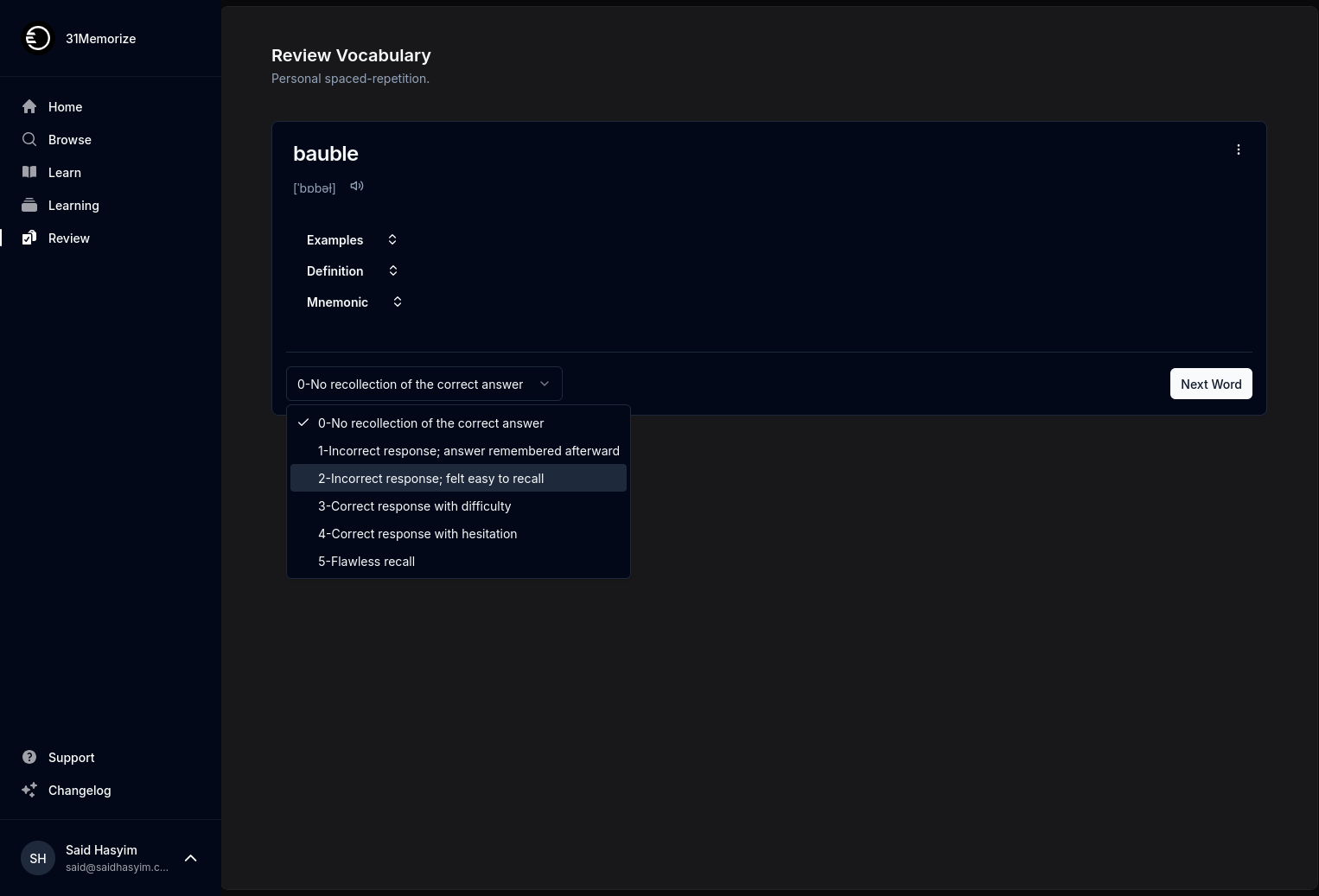Recognizing Patterns in Reader Feedback
As writers, communicators, and creators, one of our most valuable resources is the feedback we receive from our audience. Whether it’s a blog post, a novel, academic writing, or even a social media campaign, understanding how readers respond to our work can significantly shape our writing and help us grow as professionals. Recognizing patterns in reader feedback allows us to discern not only what resonates with our audience but also what might need refinement. In this post, we’ll delve into the importance of reader feedback, ways to analyze it, and methods to recognize patterns that can guide us toward improvement.
Why Reader Feedback Matters
Feedback serves a multitude of purposes in the writing process. Here are some of the key reasons why it’s crucial:
Validation of Ideas: Receiving positive feedback can affirm that you’re on the right track with your ideas and writing style.
Identification of Weaknesses: Constructive criticism reveals areas for improvement, helping you refine your work over time.
Audience Understanding: Feedback provides insight into your readers’ perspectives, preferences, and expectations, allowing you to tailor your writing to meet their needs.
Encouragement for Growth: Knowing how readers perceive your work can motivate you to evolve as a writer and tackle new challenges.
Gathering Reader Feedback
Before we can recognize patterns, we need to gather feedback effectively. Here are various methods you can employ to collect insights from your audience:
1. Surveys and Questionnaires
Creating surveys can capture a wide range of responses. Use tools like Google Forms, SurveyMonkey, or Typeform to gather data on specific aspects of your writing. Ask open-ended questions to invite detailed responses, alongside multiple-choice queries for quantifiable insights.
2. Comments and Discussions
Encourage readers to leave comments on your blog or social media posts. Engaging in discussions can reveal deeper insights into their thoughts. Take note of recurring themes in these interactions.
3. Scores and Ratings
If applicable, create a scoring system where readers can rate your work. Metrics like star ratings can provide a quick snapshot of how your piece is perceived while also illuminating specific areas for growth.
4. Focus Groups
For significant projects, consider organizing focus groups. A small, diverse group of readers can provide rich, qualitative feedback, delving deep into your writing’s strengths and weaknesses.
5. Social Media Interaction
Monitor your social media channels for spontaneous feedback. Pay attention to how readers engage with your posts, what they comment on, and how they share your content.
Analyzing Reader Feedback
Once you have collected feedback, it’s time to sift through the responses and start analyzing them. Here’s how to do it step by step:
1. Categorize Feedback
Begin by sorting feedback into categories. Common themes might include clarity, content engagement, emotional impact, and style. This process can help you pinpoint where to focus your attention.
2. Identify Trends
Look for trends within the categorized data. For example, if multiple readers comment on a lack of clarity in your explanations, that’s a clear indicator of where improvements may be necessary.
3. Assess Emotional Responses
Evaluating the emotional tone of feedback can also be insightful. Pay attention to how readers express their thoughts—do they find your work inspiring, humorous, confusing, or frustrating? Emotional responses can illuminate the deeper impact of your writing.
4. Compare with Objective Metrics
If available, compare qualitative feedback with quantitative metrics. For instance, page views, shares, or time spent on a page may correlate with specific feedback patterns, helping you understand what content draws engagement.
5. Use Visual Aids
Consider visualizing your data with charts or graphs to reveal patterns more clearly. Pie charts, bar graphs, or word clouds can represent the frequency of certain themes and make it easier to identify priorities.
Recognizing Patterns in Feedback
As you analyze the feedback, the goal is to recognize patterns that can inform your writing process. Here are some potential patterns to note:
1. Recurring Complaints or Praise
If readers consistently point out similar issues—such as pacing, character development, or the need for more examples—this signals a clear pattern needing your attention.
2. Particular Content Themes
Sometimes, readers may express a strong preference for specific topics or themes. If you notice continual interest in certain subjects, consider exploring those themes further in future pieces.
3. Audience Segment Variance
Different segments of your audience may provide disparate feedback. For instance, new readers might have different expectations than long-time followers. Understanding these segments can help tailor your writing style appropriately.
4. Timing and Contextual Feedback
Context matters! Analyze when feedback is provided. For instance, reader reactions may differ depending on current events or trends in the literary world, reflecting cultural context’s influence on perceptions.
Applying Feedback Patterns to Your Writing
Once you’ve recognized feedback patterns, it’s vital to apply these insights to your writing practice:
Iterative Improvements: Use patterns as a foundation for making iterative changes to your writing. Focus first on high-impact areas referenced in feedback.
Continuous Learning: Approach your work as an evolving process. Make it a habit to continuously observe feedback and adjust your approach accordingly.
Set Goals: Define specific, clear goals based on your feedback analysis. If clarity is a recurring theme, set a goal to enhance this aspect in your next piece.
Engage with Readers: Foster an ongoing dialogue with your readers. Regularly invite feedback and keep them informed on how you’ve addressed their suggestions.
Conclusion
Recognizing patterns in reader feedback is an invaluable skill that can significantly enhance your writing process. By understanding your audience’s perspectives and preferences, you can refine your work, engage your readers more deeply, and evolve as a writer. Remember that feedback is not just a reflective tool; it’s an opportunity for growth, fostering a dynamic relationship between you and your audience. Embrace the power of reader feedback, and continue to hone your craft. Happy writing!
